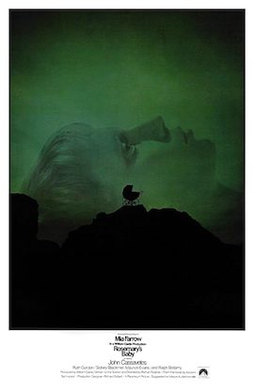Don't Even Joke Lad
I refuse to go down like last year. I really want to be proud of our final result, so I'm choosing to prioritize this project fully, especially the planning part. And by that, I mean that we already have a (very tentative) idea. I'll just copy and paste my incoherent ramblings that I wrote at like 1 am when the idea came to me. This is a very general outline of an idea and some themes; there's still a lot of tweaking left to do. But here it is:
Told through a series of voice recordings.
We open on a woman seated. Her face is not visible. The room is dim, with messy drawing of anatomy plastered of the walls. The woman is holding a voice recording device in her hand. She presses play.
Fade to black
“Day one of consciousness”
Fade up from black
We open on a robot-like man (we’ll call him The Subject). He examines the patches of metal on his body as a voiceover explains what is going on. The population of the human race is dwindling, a result of the climate crisis, low birth rates, and wars. A group of rogue scientists have decided to experiment with playing God. They want to test if Artificial Intelligence can go beyond impersonating humanity. They created a dozen or so cybernetic organisms with an implanted program that gradually improves their software, including the eventual understanding of emotions. The Subject goes through a checklist of possible symptoms he may be experiencing before ending the first recording.
Fade
The woman plays the next recording
Fade
Day 8
We open back on the man, his features seeming a bit more human, but mannerisms still lacking. He is seated intently watching television with a clipboard on his lap. The screen shows a home video of a couple in the rain. These organisms will be exposed to an assigned human for 3 months, including exposure to videos of them, a physical body modelled after them, and the eventual implantation of their memories (they are not aware of this last part and also this human is dead but their family have volunteer their body and memories for research.)
On voice over, he explains that the scientists give him the tapes to watch, as well as films, artwork, literature. He is to report his feelings on it. The video seems to elicit no emotional response from him, rather he comments on the dangers of humans being out in the rain and the possibility of illness. His response is still very robotic, lacking very little traces of humanity. He routinely goes through the list of symptoms again.
Day 26
The subject, looking more and more human, rewinds through the home video over and over again. Through the voice report, he explains that he was given a book to read, Love in the Time of Cholera. The researchers are trying to introduce him to the concept of love. He thinks he may be understanding Florentino’s pursuit. He even relates to the character a little. He’s been watching the home video a lot lately. The woman in it looks so familiar.
Day 42
The procedure takes a turn for the worse. Although the Subject has completely human features, he is deteriorating. His cheeks are hollow and his eyes sunken, he looks unhealthy. He explains that for the last two days, he has been seeing the woman from the videos. Like little videos in his mind. The researchers have explained to him that these are called memories. He doesn’t understand how he can have memories of something he never experienced.
Day 58
The room where the Subject has been secluded in is a mess. The walls are filled with images and drawings of humans. The Subject, again, is seated towards the television screen. He watched (insert romance film here) recently. He begins to become curious to how love and being loved feels like. The woman plagues his thoughts and memories, even appearing in his dreams. Her image accompanied with a tinge of longing and emotion that he can’t quite comprehend, but he feels it anyway.
Day 65
The Subject is resentful. He hates the humans for afflicting him with these feelings. For introducing him to all the wonderful and horrific feelings that make up a human’s life, and cursing him from ever being able to fully understand or experience them. In a furious rage, he rips the drawing and papers off of the wall, and starts clawing at his metallic exterior.
Fade to black
Fade up from black to the woman who was seated at the beginning with the voice recorder device. The camera pans up to reveal that she is the woman from the home videos. She walks towards the corner of the room, where The subject is slumped over. His eyes are open but he is not moving, his body is surrounded by wires and cables protruding from him.
How We Got to Sci-Fi
History
Subgenre
 |
| Terminator |
Tropes
 |
| The Martian |








